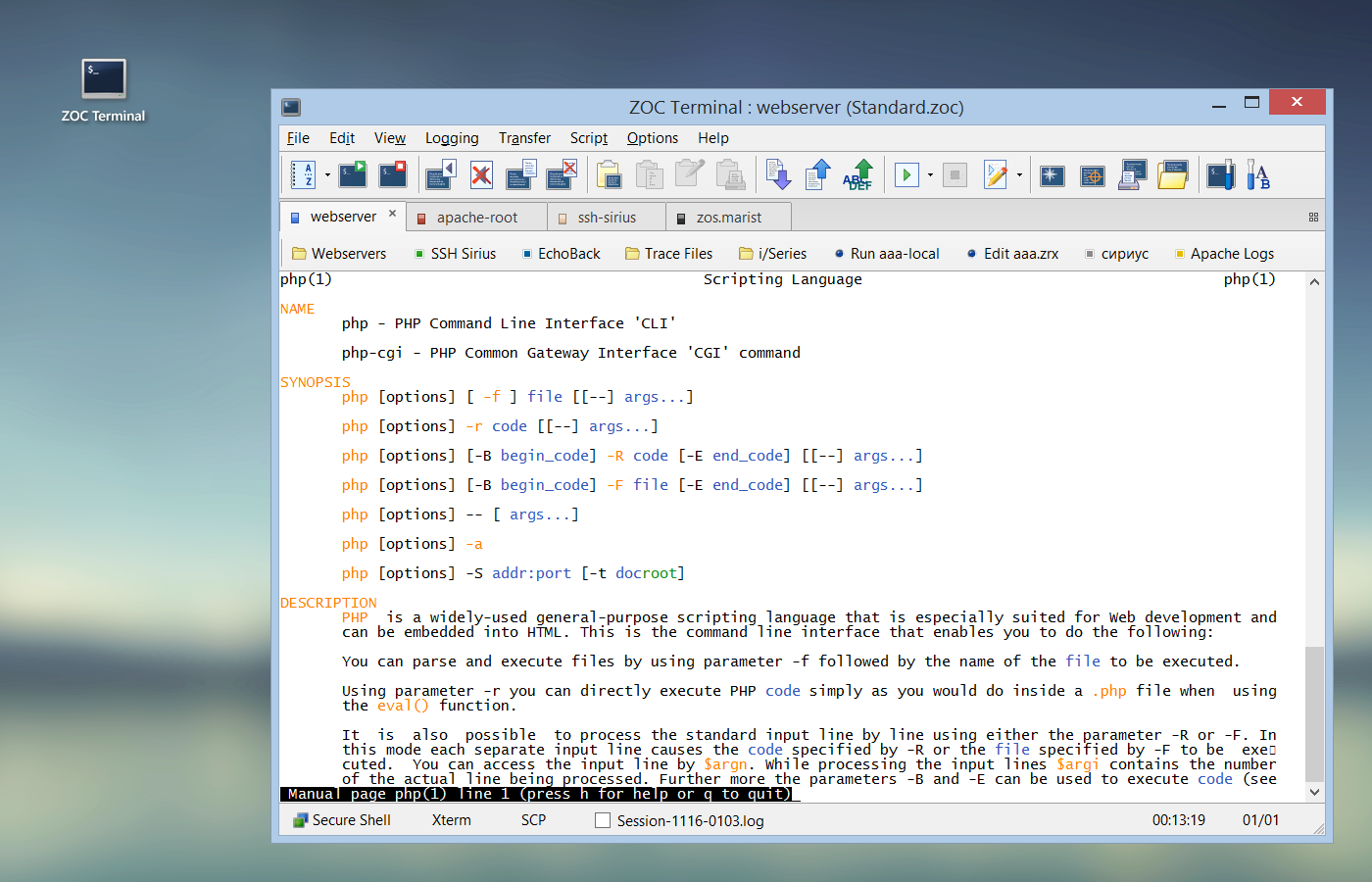

Sends to the standard Windows Print Manager, in text mode. Print Device: This option allows you to select a printing output channel.Select the required printer parameters.From the Terminal menu, select the Setup option.How do I configure PowerTerm for printing?.All screen data will be in the file whose name you supplied. When you want to stop capturing, run the Communication|Stop Receiving Ascii file menu.Press OK, and proceed with your terminal session.Choose the Ascii tab and input a filename into the text box.Run the Communication|Receive File menu.Simply use the Ascii File capture capability as follows: It is very easy to capture screen data to a file.How do I capture screen data to a text file?.When doing so - PowerTerm will automatically create a new private key in EPK format. The private key does not have to be *.epk file. Set "Private key file for authentication" to the exact location of the private key generated in step #1.In PowerTerm`s "Connect" window: set the "security type" to "SSH" and click "Details".Add the content of the new public key to the "authorized keys" file on the host.Use an application like the "SSH-keygen" in order to generate a pair of keys: private key and public key.How do I configure PowerTerm to use private SSH keys to connect to the host?.ptw32.exe telnet.psl myhost where myhost is the name or IP address of the host system you are trying to connect to Important Note: If you see quote marks around the text on the target line, place the new words OUTSIDE of the quotes, so you will have a target such as "C:\Program Files\PTW32\ptw32.exe" telnet.psl myhost ptw32.exe At the end of this line, simply add `telnet.psl’ followed by the host you want to telnet to: example. Select the `Shortcut` tab and then modify the `Target` line.Right-click the icon and choose 'Properties'.Right-click on this item and choose `Create Shortcut`.Look for the PowerTerm executable, 'ptw32.exe'.Use "My Computer" or "Explorer" to view the PowerTerm Directory.How do I create a desktop shortcut to connect automatically (e.g., via Telnet)?.


 0 kommentar(er)
0 kommentar(er)
